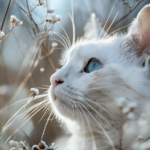B- nb5;ol,ig cats have long been mesmerizing symbols of power, mystery, and majesty. Across numerous indigenous cultures worldwide, these magnificent creatures embody a range of spiritual and mythical significance. Embedded deeply in folklore and tradition, big cats are not just animals but revered entities that represent profound natural forces, divine protectors, and mythical beings. From the jaguar of the Amazon to the Bengal tiger of India, let’s explore the enchanting narratives and symbolism of big cats in indigenous mythology.
The Jaguar in Mesoamerican Cultures
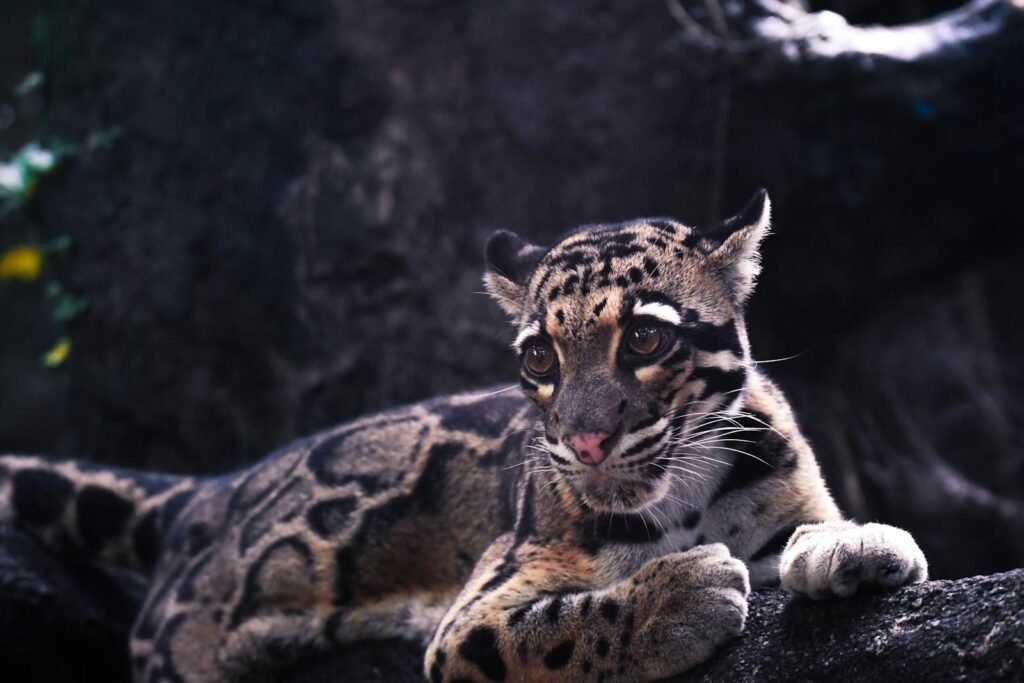
Among the indigenous peoples of Central and South America, the jaguar holds an illustrious place within the pantheon of gods and spirits. The Maya, Aztec, and Olmec civilizations all revered the jaguar, associating it with darkness, the underworld, and the night. This powerful feline was believed to be a guardian of the forest, a spiritual entity capable of moving between worlds, thus bridging the human and divine.
The Puma in Andean Mythology
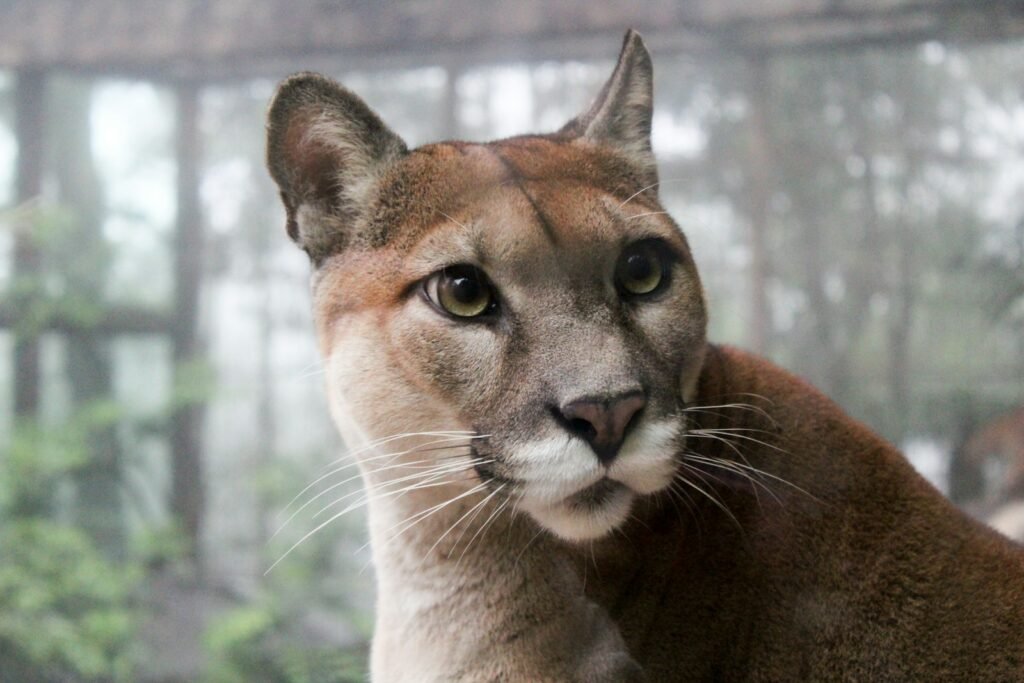
In the Andes, the puma is a creature revered for its strength, agility, and resilience. Known as a symbol of power and prophecy, the puma was seen as an intermediary spirit by the Inca civilization. It is often depicted in temple carvings and craftwork, representing the earthly world and often associated with leadership and courage. The puma’s ability to navigate rugged terrains made it a fitting symbol for the Andean people who lived atop the world.
tiger in Asian Folklore
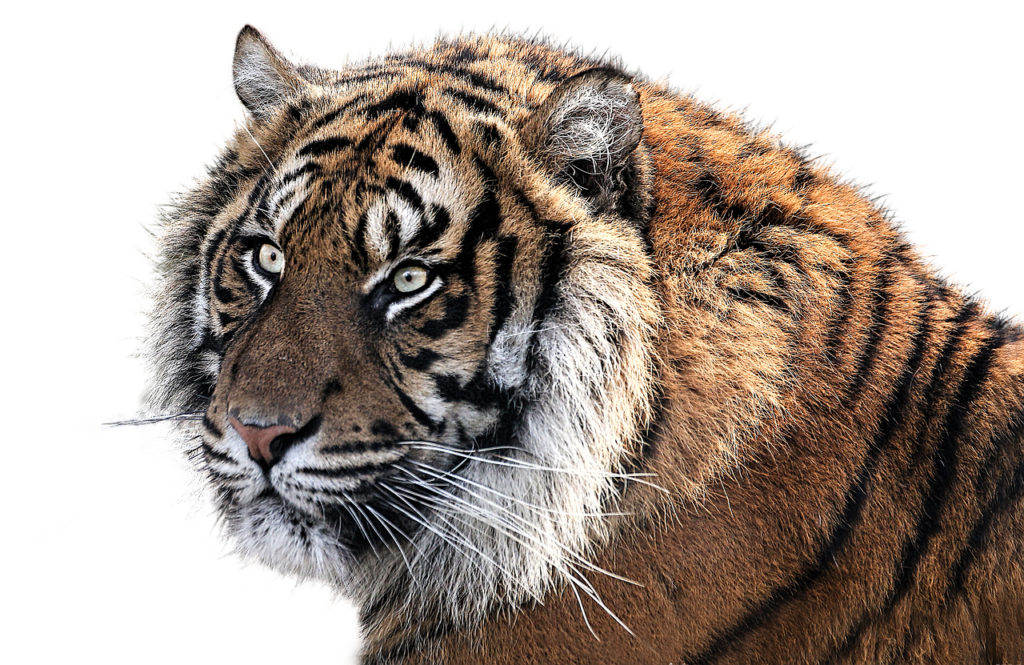
In the Asian continent, the tiger is a dominant figure in folklore and mythology. In Hindu mythology, the tiger is the vehicle of the goddess Durga, symbolizing strength and the ferocity of protection. In Chinese culture, the tiger is one of the twelve animals of the zodiac and is often seen as a guardian and protector. The legendary White Tiger of the West represents autumn and the element of metal, embodying the essence of power, courage, and war.
Lions in African Mythology
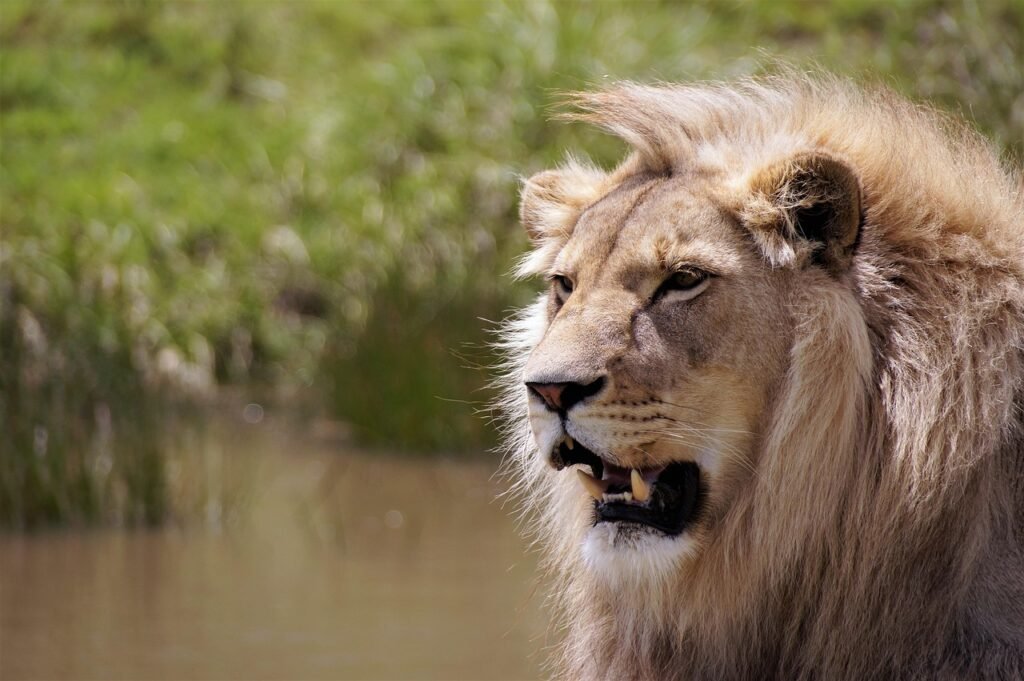
Africa is home to the iconic lion, an animal synonymous with majesty and strength. In many African myths and cultures, lions are considered the ‘king of beasts’ and often symbolize royalty, courage, and nobility. The Maasai people of Kenya and Tanzania hold a deep respect for lions, seeing them as both revered cultural symbols and significant parts of their heritage. In tales, lions often appear as noble warriors and wise leaders.
Leopards in African Tribal Tales
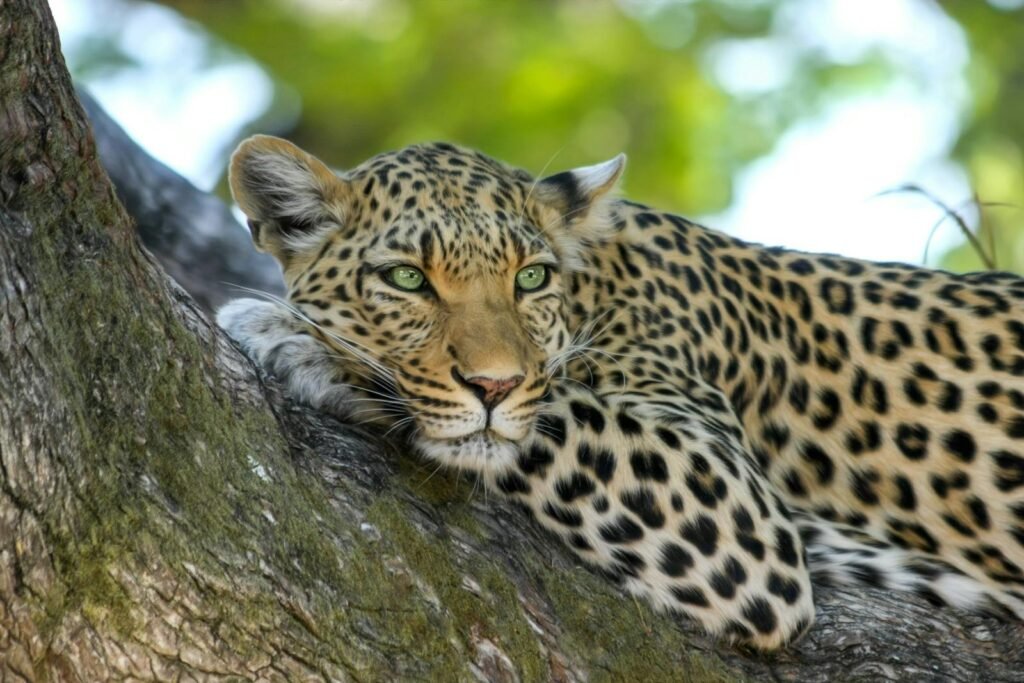
Across various African tribes, leopards are depicted as cunning creatures, embodying agility and adaptability. They are frequently associated with magical and supernatural qualities. In some cultures, shamans and leaders wore leopard skins to signify authority and a connection with the spirit world, enhancing their status and reflecting the leopard’s revered place in tribal mythology.
Cultural Significance of Big Cats
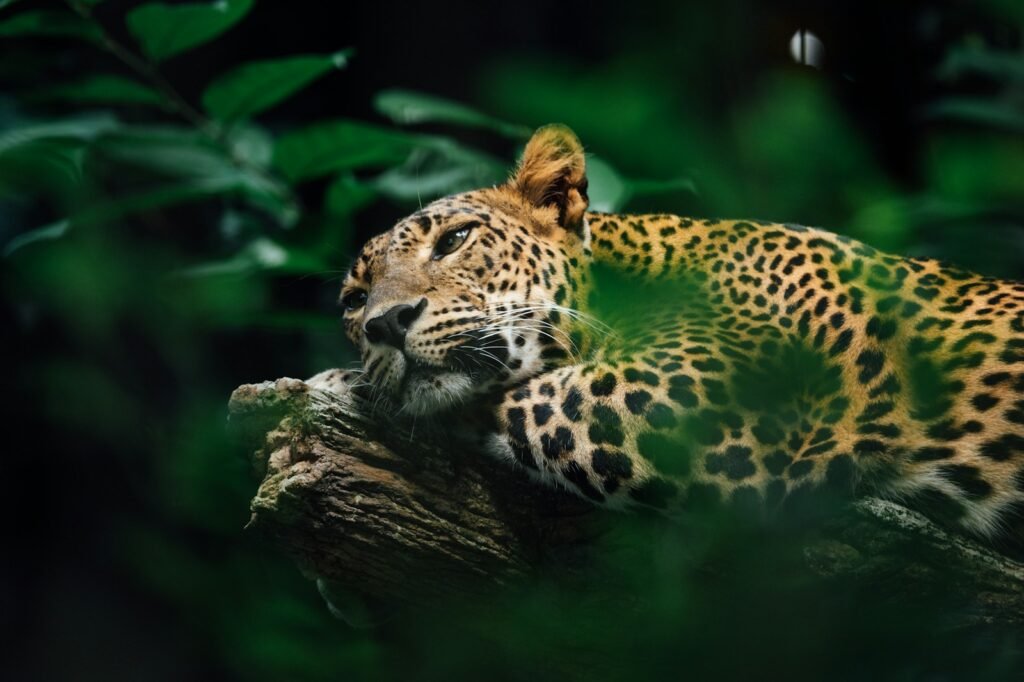
The depiction of big cats in mythology is not just about storytelling but serves deeper cultural purposes. These creatures often symbolize the natural forces governing the world, serving both as awe-inspiring totems and cautionary figures. By integrating these animals into myths, indigenous cultures narrate life lessons, societal norms, and the integral relationship with the environment.
Big Cats as Symbols of Transformation

In many of these myths, big cats are emblematic of transformation and change. Their solitary nature and strength make them fitting symbols for personal growth and self-discovery. For many tribes, encountering or dreaming of big cats is seen as a prophetic event, heralding significant personal or communal change.
Big Cats in Shamanistic Traditions
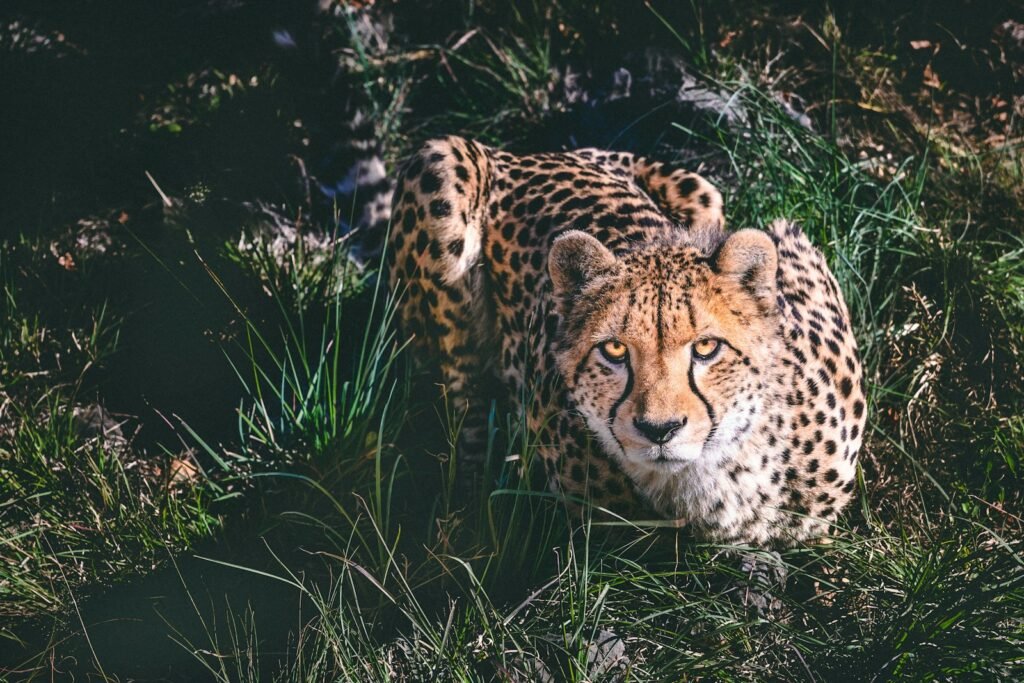
In shamanistic practices, big cats are often seen as powerful spirit animals or totems. Shamans regarded them as guides who provided wisdom, strength, and protection. The jaguar, for example, was a prominent figure in shamanistic rituals among the South American tribes, symbolizing the shaman’s journey between the spiritual and earthly realms.
The Conservation Connection
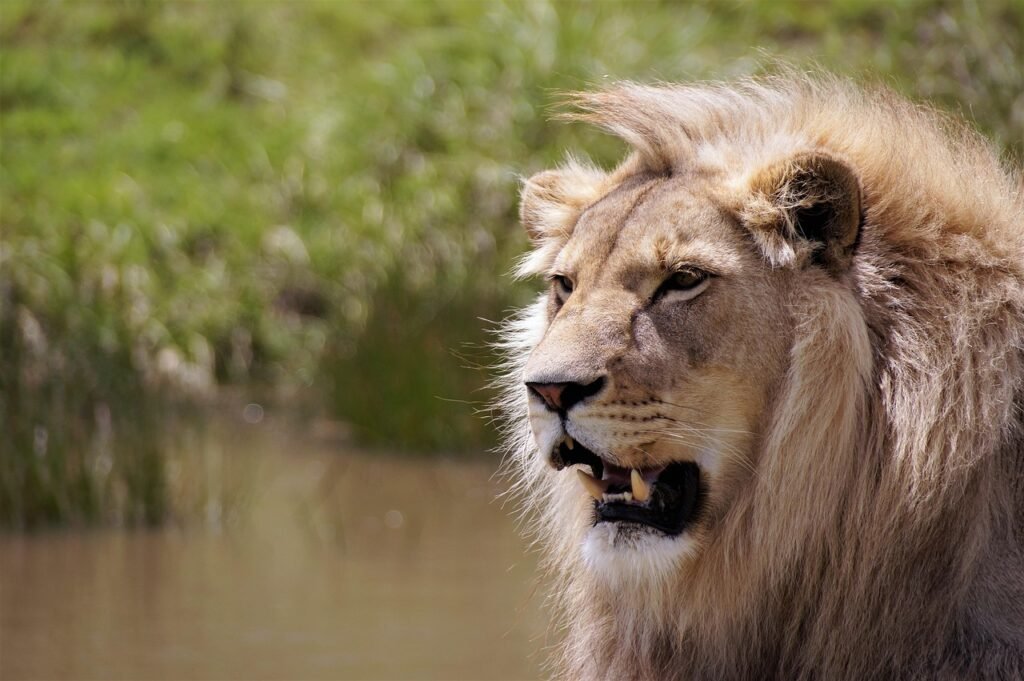
Today, the myths and cultural stories of big cats play an essential role in conservation efforts. By highlighting their cultural significance, conservationists are rallying communities across the globe to preserve not only the animals themselves but also the rich traditions and heritage they represent. Efforts to protect big cats are often intertwined with preserving the cultural landscapes they have influenced for millennia.
Conclusion: The Lasting Legacy of Big Cats
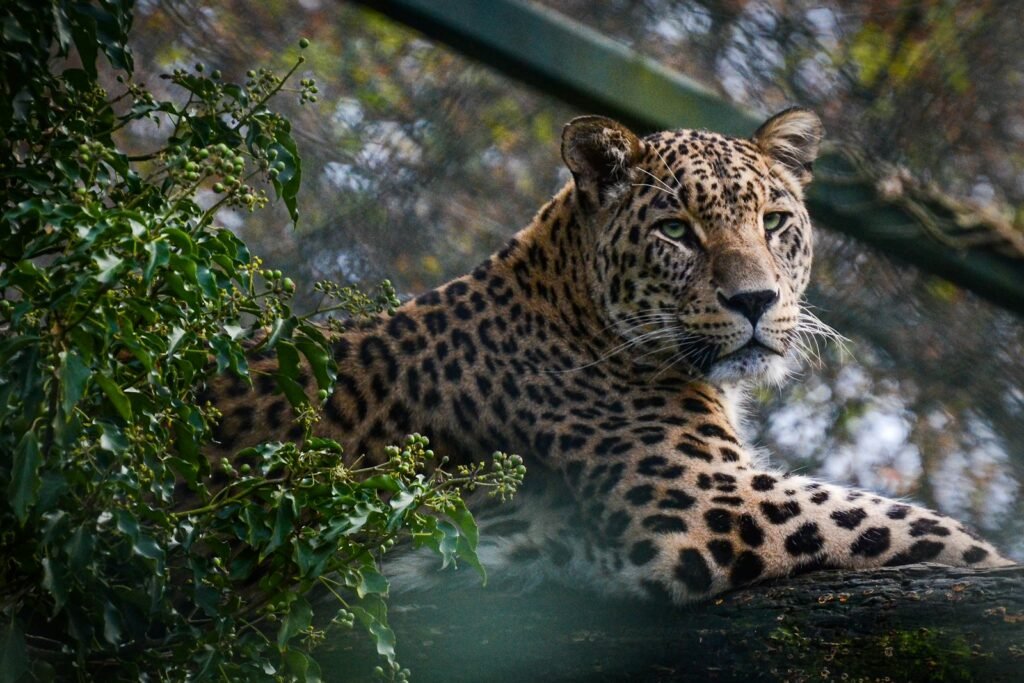
Big cats, through indigenous mythology, reveal the deep relationships that humans have with their natural surroundings. Their presence in stories across the globe highlights their universal importance and the enduring respect that these majestic creatures command. As we continue to learn from indigenous beliefs, these myths remind us of our shared heritage and the power of nature in shaping human experience. They are a potent reminder of the inherent connection between mankind and the wild, urging us to protect these symbolic guardians of the wild.
Hi, I’m Bola, a passionate writer and creative strategist with a knack for crafting compelling content that educates, inspires, and connects. Over the years, I’ve honed my skills across various writing fields, including content creation, copywriting, online course development, and video scriptwriting.
When I’m not at my desk, you’ll find me exploring new ideas, reading books, or brainstorming creative ways to solve challenges. I believe that words have the power to transform, and I’m here to help you leverage that power for success.
Thanks for stopping by, Keep coming to this website to checkout new articles form me. You’d always love it!






